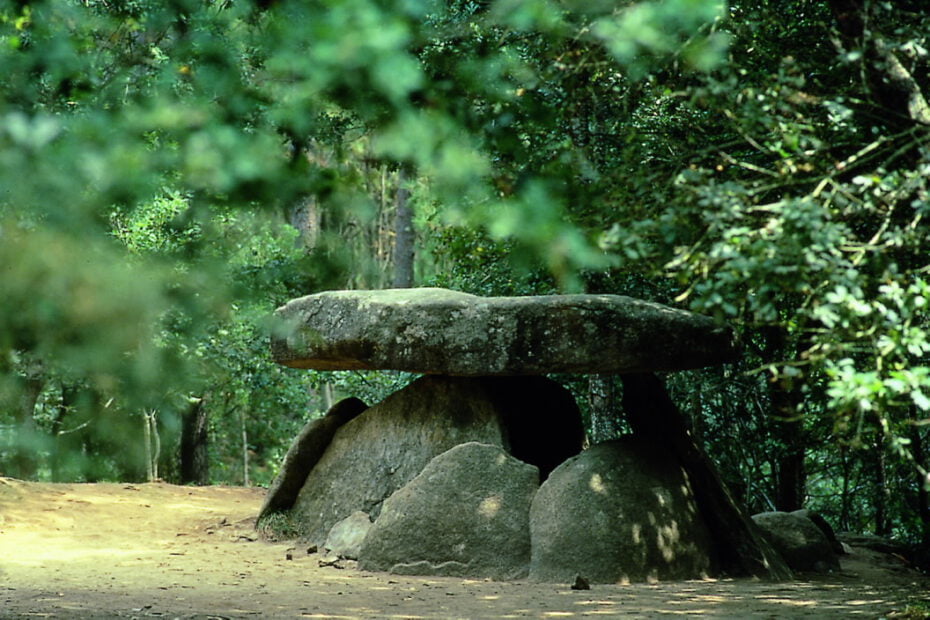Construido entre los años 3.600 y 4.000 A.C., está considerado el “partenón del megalitismo gallego”.
Es uno de los principales exponentes de la cultura del neolítico en Galicia. La tumba colectiva se encuentra en medio de un pequeño bosque de robles, en mitad de una zona verde cercada con grandes losas de granito. El pequeño letrero de la entrada anuncia que estamos ante un monumento funerario conocido como “a piedra do Mouro”.

